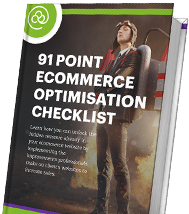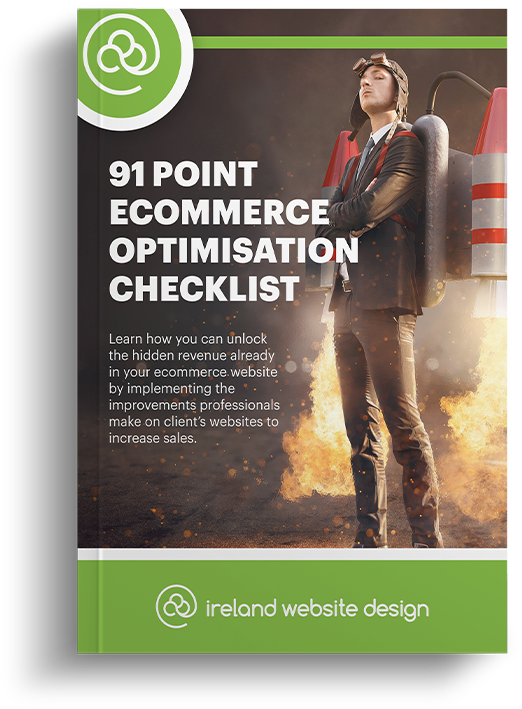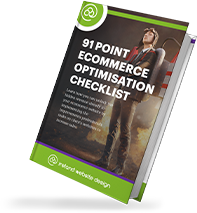Don’t run away from the dreaded consumer psychology! Forget the unreadable psychology journals and focus on getting to know how your customers think.
Scrapping the overtly technical approach to discussing the how and why people buy, but getting the hidden info on how to convert leads into sales is essential for any successful business. At Ireland Website Design, we’ve done the trawling through tedious psychology papers for you and we’re going to break down a key aspect of how to get people to buy your product/service. Buyer psychology is what will put you above your competitors in the race for sales and luckily, the basic concepts are not difficult to pick up. We’re going to break it down into a number of bitesize chunks and help you understand your customers.
There are three main types of buyers. To sell your products, you need to understand each type of buyer, what they’re looking for, and how to appeal to them.
The three types of buyers are:
- Easy Spenders, “Take my money!“
- Money Squirrels, “This was hard-earned, you’re not getting a penny“
- Mr. and Ms. Average, “Talk good sense and I’ll buy it“
Easy spenders are every business’ dream customers. You’ll most likely know them as the impulse buyer, the customer who views money as something to be spent and enjoyed. They love a sale as it’s an excuse to buy!
Money Squirrels are the notoriously Scrooge-like consumer. They don’t want to part with their cash and will avoid buying at all costs. They prefer to watch their bank balance grow than their mortgage.
Ah, Mr. and Ms. Average. This is what the majority of consumers fall into. They weigh their options, try to save a little of their money, and think about their purchases.
Just by breaking consumers down into these three groups, we can already see that each type of buyer has different motivations. Convincing a money squirrel to buy from you is going to take a lot more work and a completely different approach than an easy spender. Around a quarter of the population in the Western world fit into the money squirrel category. Mr. and Ms. Average are, obviously, average and far outnumber the other consumers. Depending on your market, keep in mind the payoff vs level of effort. If you can market your business with little effort to one particular group and get many conversions, go for it!
Characteristics and Motivations of Buyers
Ok, so now we need to delve a bit deeper into the mind frame of each buyer – what is it they want? What influences their purchasing decisions?
Easy Spenders first! These customers do not care about price. They’re probably the easiest customer to deal with. They are highly driven by emotions and will be more concerned with the appeal of the product/service than checking the price tag. Some members of this group will even display a high-price bias – they consider the higher price a sign of higher quality. Easy Spenders do not worry about a budget and are only concerned with a product that creates a good feeling for them. The more money they spend, the better they feel – no buyer’s remorse here!
Money Squirrels. Pretty much the opposite of easy spenders. Buyer’s remorse is a very real feeling here and they do everything they can to avoid the post-spending pain. They are very budget conscious and will only pay what they think something is worth – which is most often a much lower price than it actually should cost too. Money squirrels do not get pleasure from shopping or purchasing and will only buy what is absolutely necessary. There is no up-selling here. They do not indulge themselves and rarely if ever, buy luxury items.
Mr. and Ms. Average are exactly that, the average of the two polars that are Easy Spenders and Money Squirrels. They live by rough budgets that are not set in stone. They will sometimes impulse buy or spend more than what a product is worth and will adjust their budget for future items accordingly. Impulse buys are usually categorized into one line of products/services – think along the lines of fast cars, designer clothes, or massages. In targeting this group, the majority of sales are carefully considered and compared with alike deals from competitors. These are the people that compare services with competitors before signing up with whoever offers more for the same price. To fully persuade this spender, it’s best to combine the emotional side of advertising that works on Easy Spenders and the factual advertising that works on Money Squirrels.
So How on Earth Do You Sell to These People?
OK, so there are books written on this subject as it’s quite in-depth. We’re gonna cover the basics in handy bullet points for you.
How to sell to an Easy Spender
- Focus on emotional advertising, they buy from the heart
- Visual marketing is key, cute puppies and babies appear on items that have nothing to do with them for a reason! Use good, thought-out images
- Colour psychology is incredibly effective here. Research what works best and use it to your advantage
How to sell to a Money Squirrel
- Use negative emotional signals, ‘Don’t waste your money’ ‘Losing money hurts’
- They won’t respond to clever tricks, appeals, or catchy slogans
- They love facts and figures. Numbers, data, metrics, and charts will persuade them to make the right choice with you
- They don’t do sales talk. Be honest, use well-researched information and detailed numbers. Be analytical
How to sell to Mr. and Ms. Average
- Focus the majority of your marketing on them, they are the biggest consumer group
- They respond well to a mix of emotionally driven advertising as well as analytical style sale pitches
- They love free shipping (more value!)
- For extra sway, they also love good returns policies, warranties, and guarantees
- They’re just looking for a good deal
Knowing your customer base is the key to seeing success with your marketing. By figuring out which potential customers fit into each category of buyer, you’re a step ahead of your competitors and a step closer to finishing that sale.




